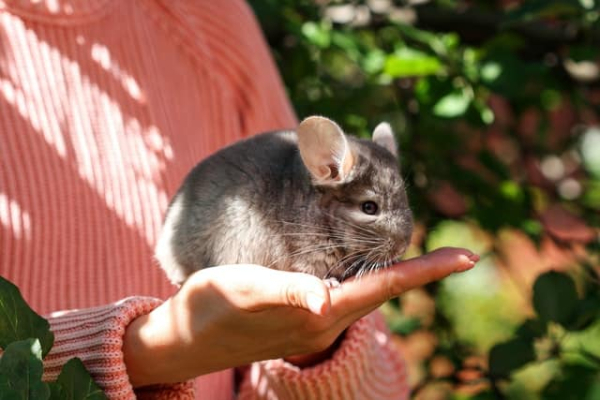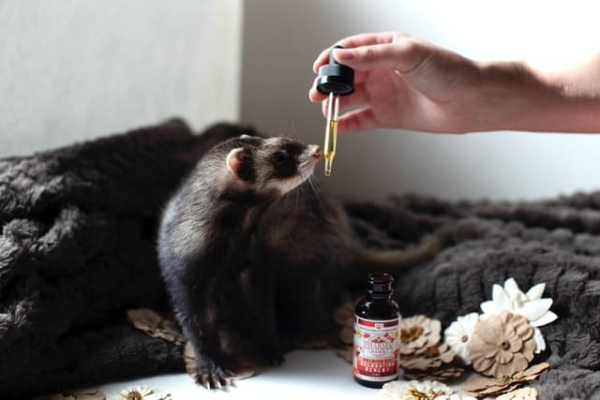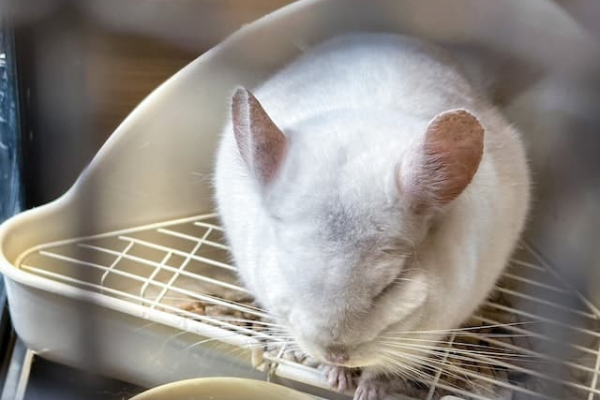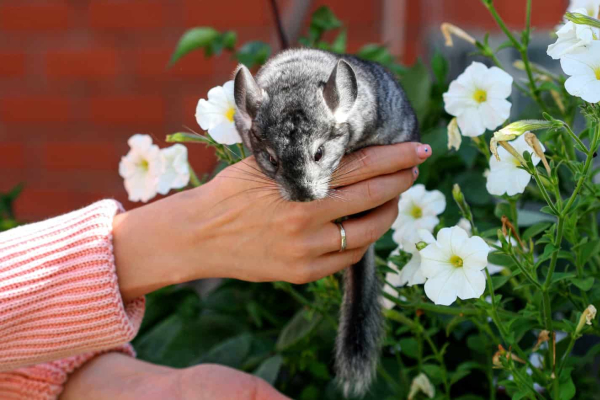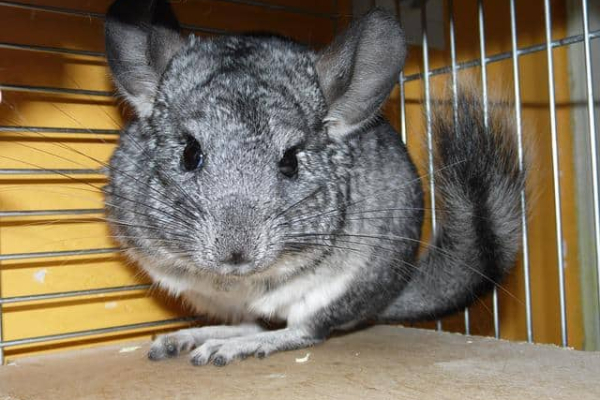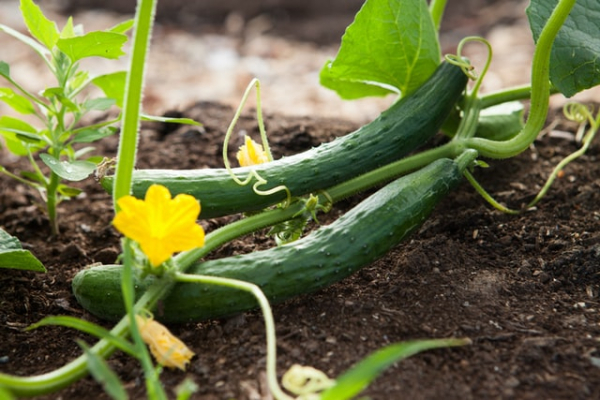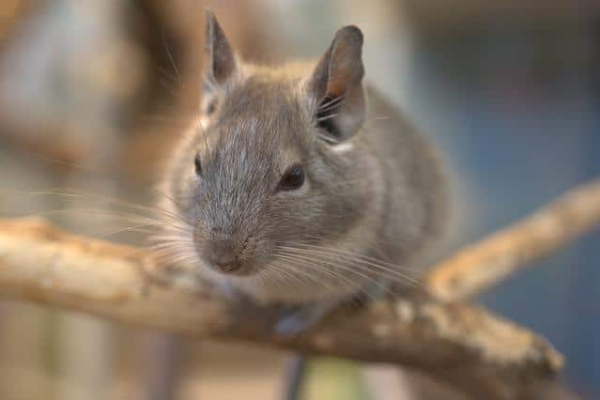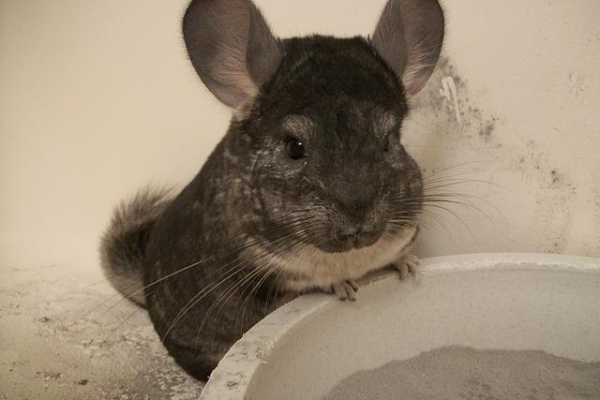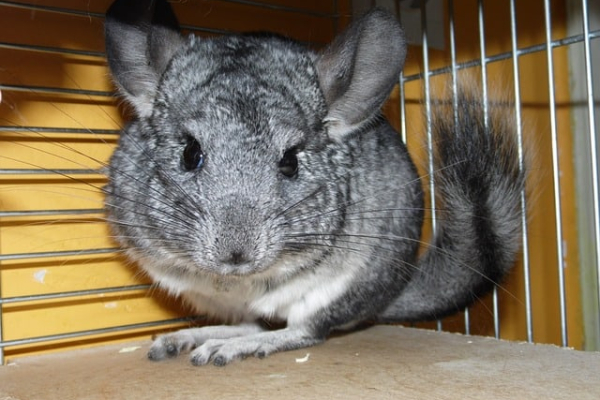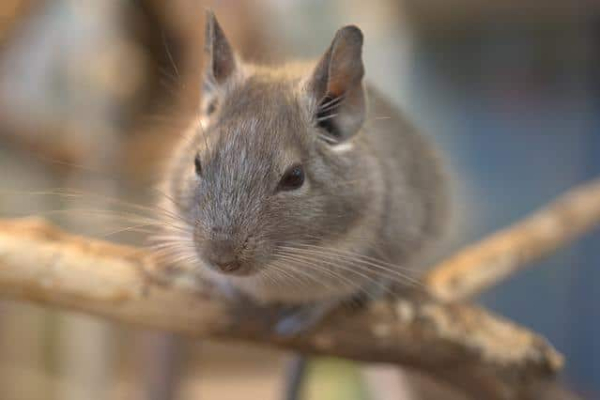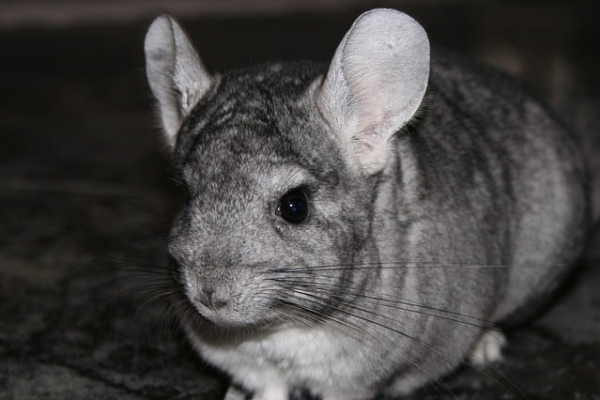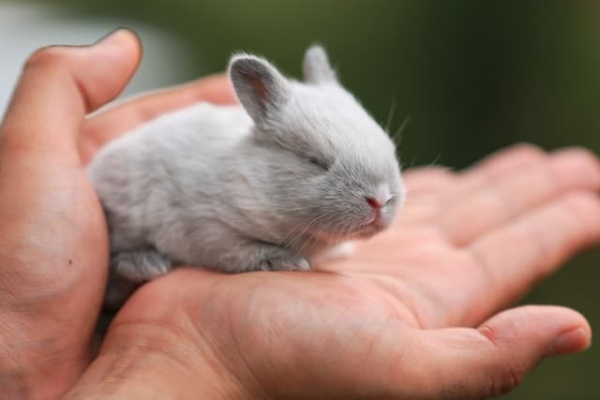
Those cute little pocket-sized pets called chinchillas are herbivores. This means that they only eat plant-based foods. The catch is that the chinchilla does have a complicated digestive system. Not only do they have complicated digestive systems, but they are often quite sensitive also.
[toc]
When it comes to eating, the chinchilla can usually be found eating in the early morning and then later in the evening.
The chinchilla who lives in the wild will be found eating twigs, grasses, weeds and roots, along with stems and leaves. When a chinchilla becomes domesticated, the owner needs to be aware that the chinchilla will need a fibre-rich diet also.
These diets will still need to be based on grasses and hays to keep the digestive tract working properly. As the owner of this cute and furry pet, it is your task to be sure that there is an adequate amount of a good type of hay available all day for the Chinchilla. Timothy hay is what is most often suggested. This supplementary hay actually aids as a digestive aid.
Another reason for the constant amount of hay is for dental purposes. Just like a rabbit, the Chinchilla teeth in front will continuously grow and need to be used in a gnawing motion to wear them down adequately enough so as not to cause dental problems. When the owner fails to give them the proper diet with all essentials, you will find that serious dental issues happen.
Water is another staple that must be offered and available all day long, as well as the night. The chinchilla, like all other living creatures, needs to be hydrated for their systems to function properly. The best way to provide water is by using the water bottle that hangs in the hutch. The chinchilla should be able to drink from the bottle easily.
A sign of good health in your domesticated chinchilla is when they are eating and drinking throughout the day and passing plenty of dry stools. You do not want the stools or faeces to be watery, and yet, you definitely need to see a good number in the cage or hutch each day. If there are not, then you may want to make an appointment and speak to an exotic veterinarian or a vet that is trained for chinchillas. When there is a change to your chinchilla the veterinarian is the one that will be able to help.
Ideal Diet

Every animal has an ideal diet that keeps them healthy and happy. Obviously, these diets will vary from species to species. To begin, a chinchilla will not have lettuce out in the wild. So a domesticated rabbit should not be consuming much lettuce either. As a matter of fact, lettuce should be used minimally per week, as it is not filled with much nutrition, especially iceberg lettuce.
Lettuce Benefits

You could actually give your chinchilla about 1 teaspoon of chopped lettuce a week. More than this amount could cause issues in an already sensitive digestive tract. The type of lettuce that is safest for a chinchilla is the one that is lowest in calcium and oxalates. These two can cause kidney issues if not worse in your chinchilla.
The safe lettuces for a chinchilla include Oakleaf lettuce and red leaf lettuce. However, of all the lettuces that are available, green leaf lettuce should be avoided at all times. The problem is that this is the most common type of lettuce, however, even though the chinchilla will love to chew on the lettuce, the lettuce is not going to do your chinchilla any good at all.
This is not to say that giving a tiny amount once a week, less than a teaspoon would be okay, but do not give more than this amount, if you give any at all.
Let us not forget that lettuce does contain fibre. However, the only real value in lettuce could be the Beta Carotene. Once this turns into Vitamin A, it is used as a medicinal agent through the chinchilla’s system. From a very small amount may come a very large benefit. Follow the recommendations of 1 tsp chopped lettuce per week. The best way to add this is to mix it in with your Chinchilla’s normal healthy diet.
Lettuce of any type, for a chinchilla, should be considered a treat. A very rare treat at that.
Diet Variety

What we all need to remember is that a chinchilla does like to taste and chew on everything it can. This includes all items that are placed into his or her cage. As long as you are still giving your Chinchilla the recommended hay and pellet supplements, there are some additions that could be given on rare occasions for your chinchilla. Even they like a little variety in their food once in a while.
Offering different foods will still require you as the owner to be diligent. Treats for a chinchilla are likely going to make them behave the same way a child does. When offered a healthy option next to a sugar treat, the sugar is going to be chosen 99% of the time.
The point is treats are great, just avoid the high sugar treats. You should offer fresh foods and treats in moderation for the Chinchilla. Sometimes it is difficult for us humans to remember that a chinchilla metabolism is adapted to high fibre-rich foods.
Not all Chinchillas can tolerate a diet that includes leafy greens and fresh vegetables or fruit. Different types of lettuce and cabbage contain a high level of acid and can cause bloating and diarrhoea or worse.
Obviously, as with most details when it comes to knowledge, there are differing opinions. Some sources say it is fine to give more than a teaspoon of green leaf lettuce or any type of lettuce to your Chinchilla as long as you are watching your Chinchilla closely for changes. This leads to confusion since not all changes will be able to be seen right away, Some may not be seen until it is too late.
Most veterinarians will tell you that the Chinchilla diet should contain at least 10% of fresh fruit or vegetables daily. These are the same veterinarians who, based on a diet of the wild chinchilla, will say it is perfectly okay to give lettuce. The difference is that the chinchilla in the wild has a system that has become adapted to eating things such as cactus and other high water content plants. They do this mainly for the water. Those chinchillas are more developed for that type of diet than the domesticated chinchillas.
Lettuce does come in a variety of colours, and types. This does not mean that if it is safe for a human to eat that would mean that your Chinchilla is able to eat the same lettuce. Humans like the flavour and the crunch, and so do the chinchillas.
I cannot reiterate enough how just because one animal can have lettuce, this makes it good for all animals. For instance the rabbit and the chinchilla. Neither one should have large amounts of certain lettuce, however, some lettuce should not be given to either due to the possibilities of digestive issues, bloating, gas and diarrhoea.
Again, the confusion between experts comes into play. Before you feed any lettuce to a Chinchilla, do your own research on the type of lettuce. Red leaf lettuce is acceptable, but still should not be given in large amounts. Iceberg lettuce probably should not be given at all, however, up to 1 teaspoon per week is acceptable as long as you keep a very close eye on the behaviour, the reactions and the faeces of your chinchilla.
As far as nutrients in the diet, lettuce is not going to provide an adequate amount for your chinchilla. This, one would tend to believe, proves that there is no reason that your chinchilla should have any at all.
To rephrase this, although lettuce may be suitable for a treat, and only once in a while, lettuce is not highly recommended for Chinchillas to eat consistently. The digestive systems are too sensitive to handle the amount of gas or bloating that can happen from lettuce.
Conclusion

When you are instructed to watch for signs or symptoms of something wrong, this is going to relate to keeping track of the faeces from your Chinchilla. As long as the chinchilla faeces continues to look normal, as in dry and not runny, the amount given was okay for the week. Just because you did not notice anything negative the first week does not mean that nothing bad happened inside the little furry guy’s insides.
Monitor closely after feeding the suggested amount. Look for changes in the poo, any change means something obviously did not digest as it should. If the only difference in the Chinchilla’s diet was a tiny bit of lettuce given one day. Do not give any more lettuce to the Chinchilla.
Speak with the exotic veterinarian if the faeces does not return to normal, or if there are other signs of concern with your chinchilla.

